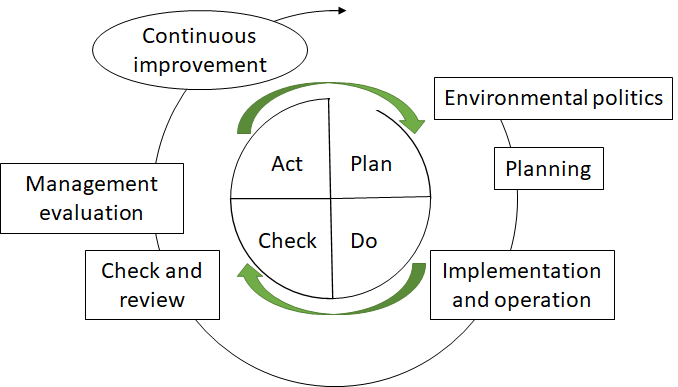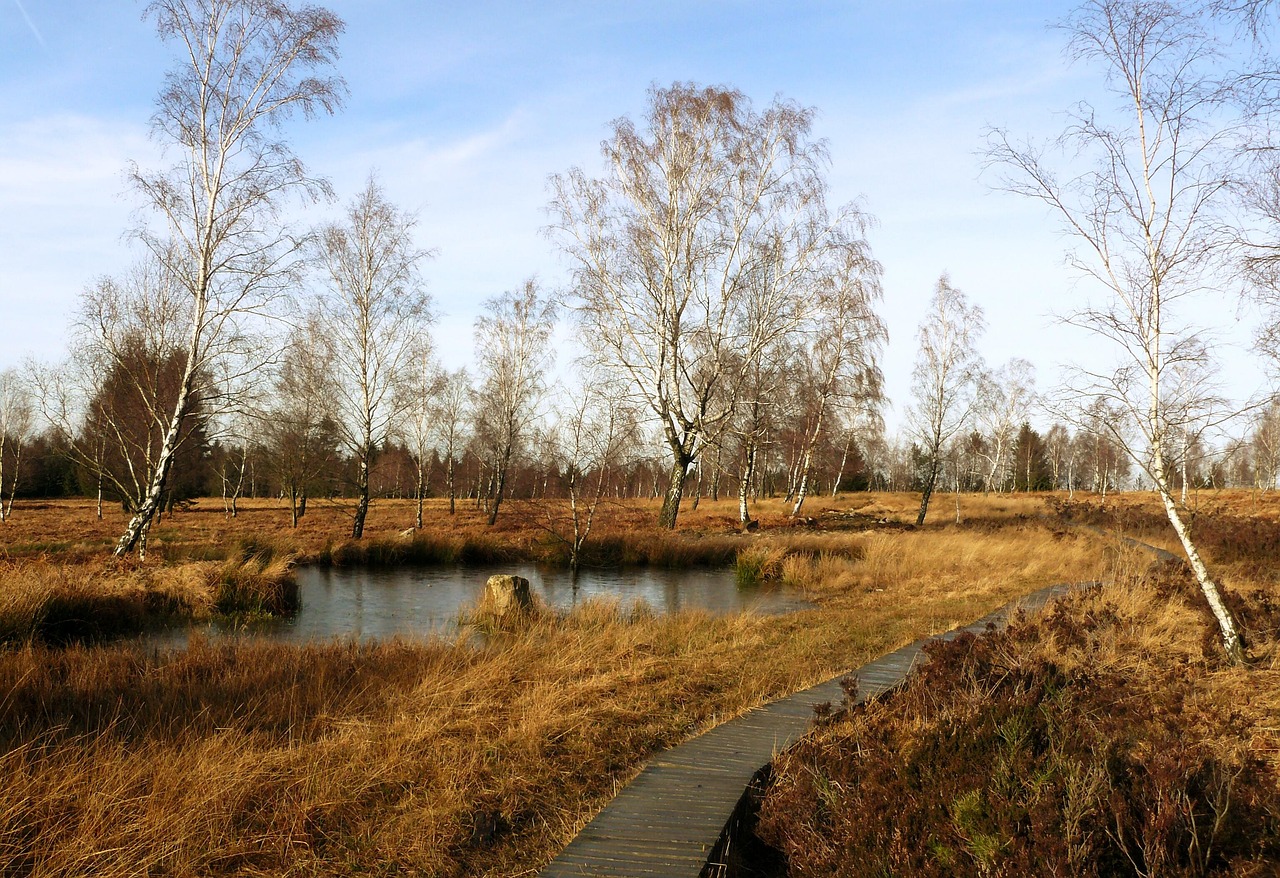11. Environment and sustainability
| Website: | Hamburg Open Online University |
| Kurs: | Process engineering for the bioeconomy |
| Buch: | 11. Environment and sustainability |
| Gedruckt von: | Gast |
| Datum: | Dienstag, 9. Dezember 2025, 07:39 |
Beschreibung
Learn how the Plan-Do-Check-Act approach helps to promote sustainability.
11. Environment and sustainability

11.1 Certification
A promotional video about EMAS can be viewed at the following link:
Despite the positive aspects that environmental management systems can bring, some environmental associations criticize them. In particular, there are accusations of greenwashing with the help of EMAS or ISO 14001 certificates. In greenwashing, companies or organizations that contribute significantly to environmental pollution attempt to create a green image in the public eye through targeted marketing campaigns in combination with the acquisition of labels and certificates, without achieving any significant reduction in the environmental impact caused. EMAS attempts to counter and refute such accusations through transparency and the use of independent, state-recognized experts.
Environmental management attempts to identify as many environmental aspects and sustainability factors of economic activity as possible and to minimize the negative consequences for the environment over the years. One environmental aspect (land use change) is examined in more detail in the next chapter.
11.2 Land use change
Land use change is a process that describes the conversion of land from one use to another. Initially, the original, natural landscape is converted into an area used by humans. This change can have a variety of causes, such as global population growth, the social changes that often accompany it (e.g. increasing urbanization and the expansion of transport networks) or the increasing demand for agricultural land. On the one hand, the latter is used for food production, which requires a constantly growing area of land to feed the world's population; reasons for this include population growth, eating habits (e.g. increased meat consumption and thus an increased need for arable land for growing animal feed) or other mismanagement of food resources (e.g. caused by wars or wasteful consumer behavior). On the other hand, these areas are also needed in the context of a bioeconomy for the cultivation of biomass for material use, such as cotton for the textile market, energy crops for the fuel market (e.g. oil palms or rapeseed) or lignocellulosic plants for the construction sector. The decisions we make in relation to land use have far-reaching consequences for the environment, society and the economy.
Two examples of these consequences are discussed below:
Currently, the most prominent example of land use change is probably the increasing deforestation of tropical rainforests. This is being cleared in order to be able to sell the valuable tropical timber at a profit on the one hand and to make the land usable for the cultivation of raw materials or as arable or grazing land on the other. This change in land use has a number of negative consequences for the environment. First of all, the nutrient-poor soils of the former rainforest are not suitable for permanent and sustainable agriculture, which is why the yield of the fields usually drops rapidly after around two to three annual harvests. This results in less vegetation on the land, which in turn causes increasing soil erosion. In addition, the deforestation of the tropical rainforest leads to a reduction in the habitat of a large number of animals, plants and insects, which ultimately leads to a loss of biodiversity with often unknown consequences. Furthermore, the rainforest is often referred to as the green lung of the earth because large amounts of CO2 are stored there and oxygen is produced. Any reduction in this area therefore leads to a reduction in the CO2 uptake potential and also to a partial release of the stored carbon. The following video provides a good summary of the history of deforestation in the Brazilian rainforest:
The destruction of the Amazon, explained
However, land use changes are also causing major environmental problems in Europe. Over the centuries, many moors and wetlands in Europe have been drained; the resulting fertile soils were then used as arable land. In their natural form, peatlands are a greenhouse gas sink; however, this effect is reversed when they are drained, as the peat substance is now decomposed by microorganisms. Furthermore, important biotopes are also destroyed in this case, thus reducing biodiversity.
